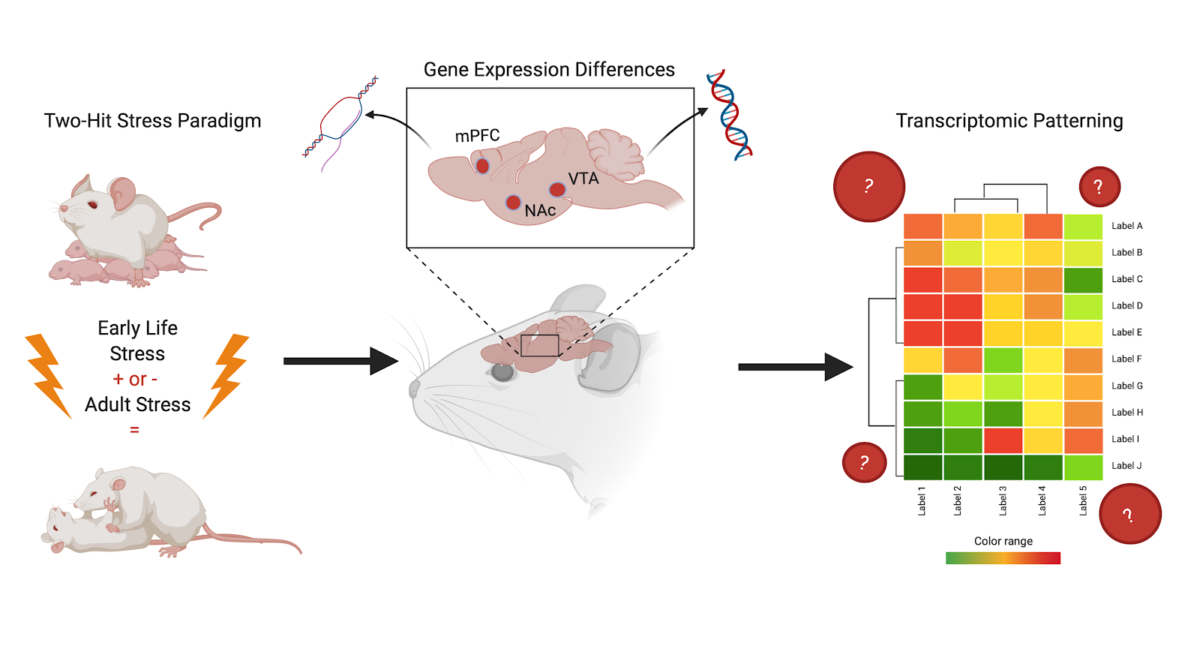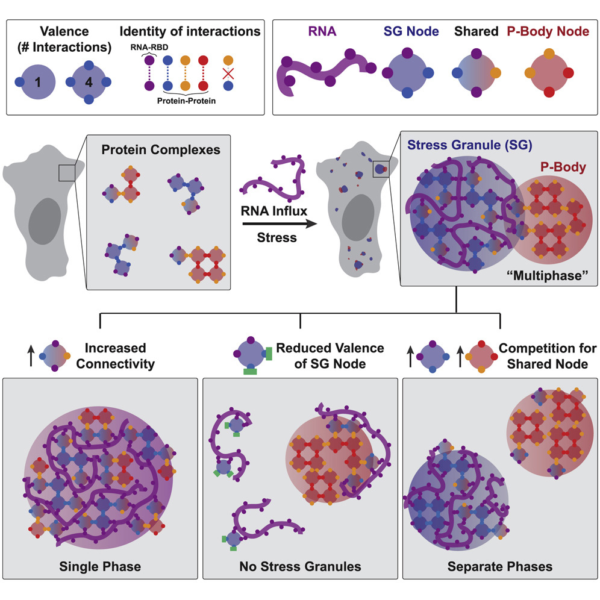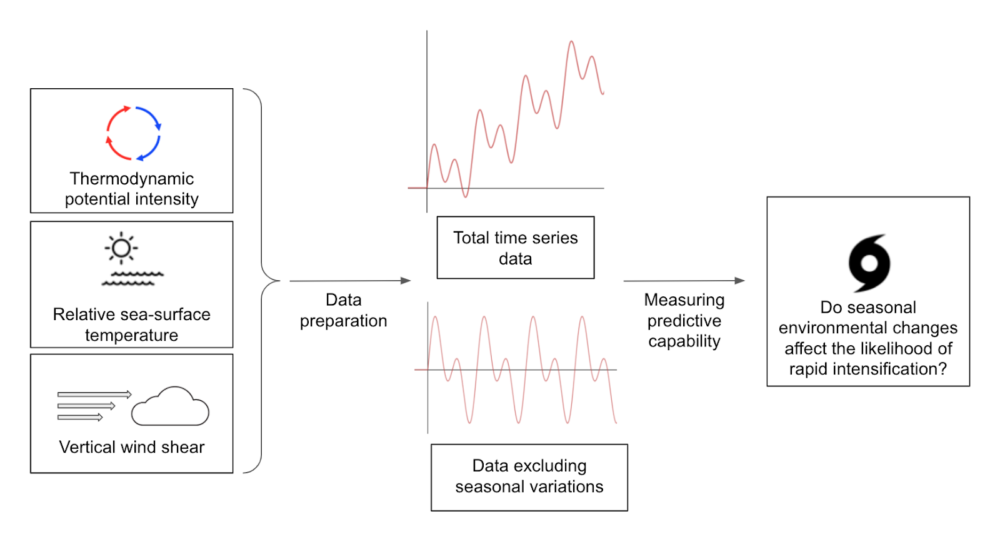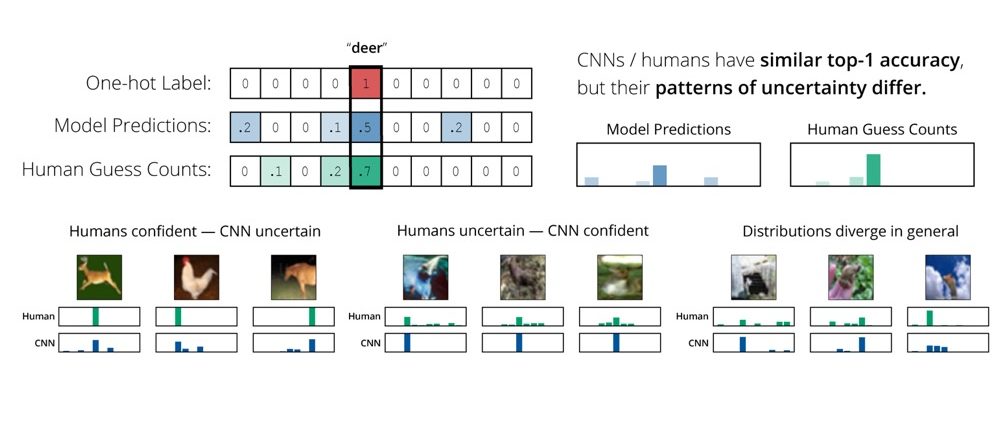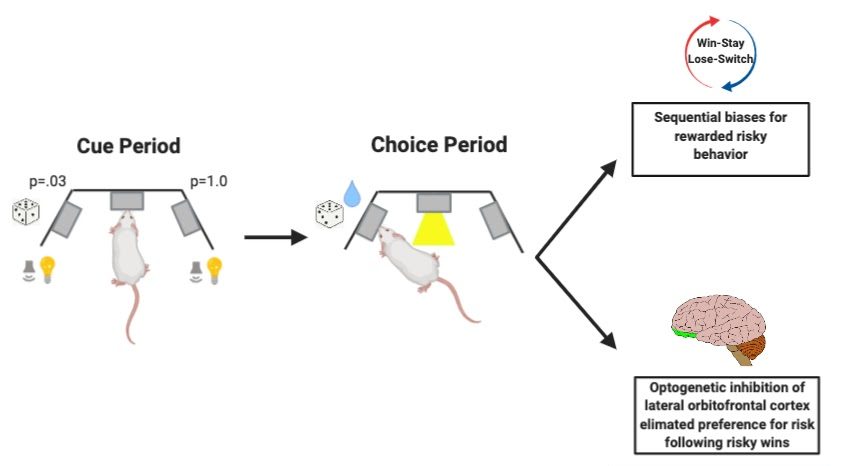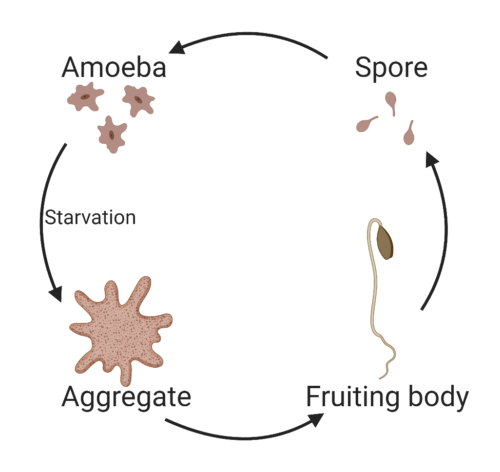Review written by Yinuo Zhang (ECON)
The tradeoff between social distancing and its potential adverse economic effects has been at the center of debates during COVID-19 in the United States. On one hand, it is crucial to practice social distancing to prevent further spread of COVID-19. On the other hand, economic activities plummeted due to the closing of non-essential businesses mandated by many states. As a result, initial unemployment claims reached an unprecedented number of over 6.8 million on March 28th, the highest since 1967. The rapid development of COVID-19 has called urgent attention to the impact of existing public health interventions and its consequences on the real economy. In particular, do non-pharmaceutical interventions (NPI) like social distancing further hinder economic activity on top of the ongoing pandemic? Does the tradeoff between social distancing and subdued economic activities exist?
Continue reading

